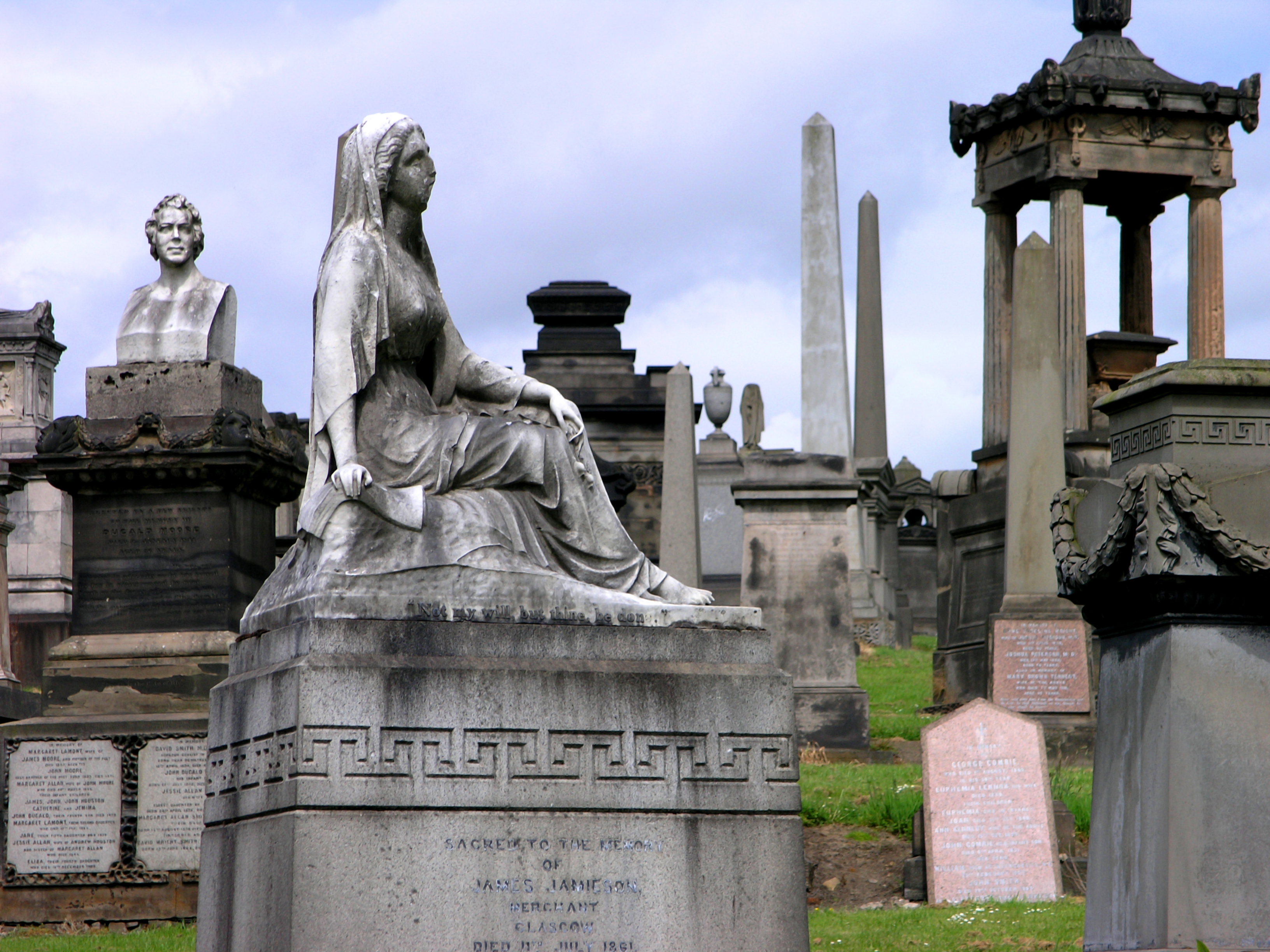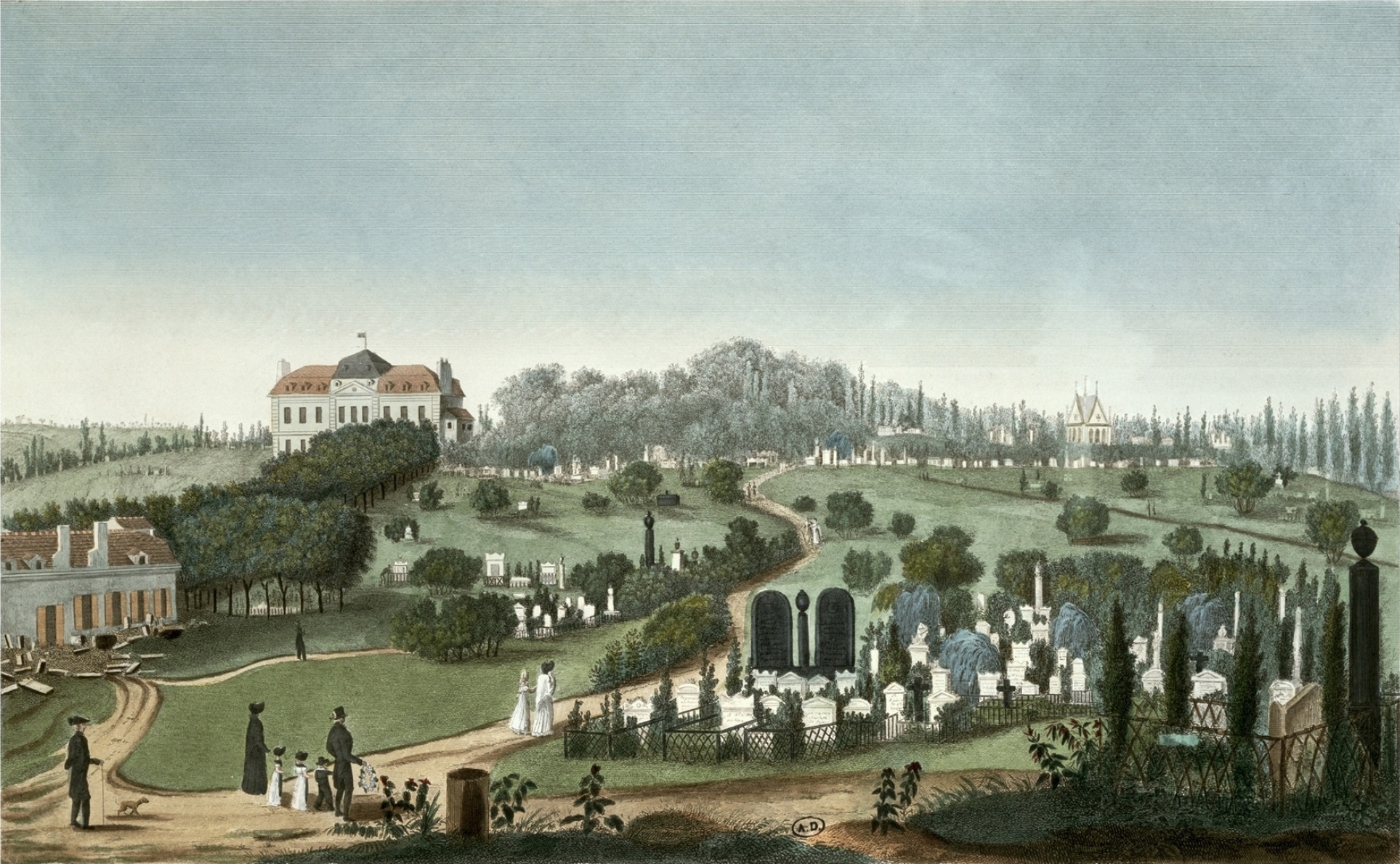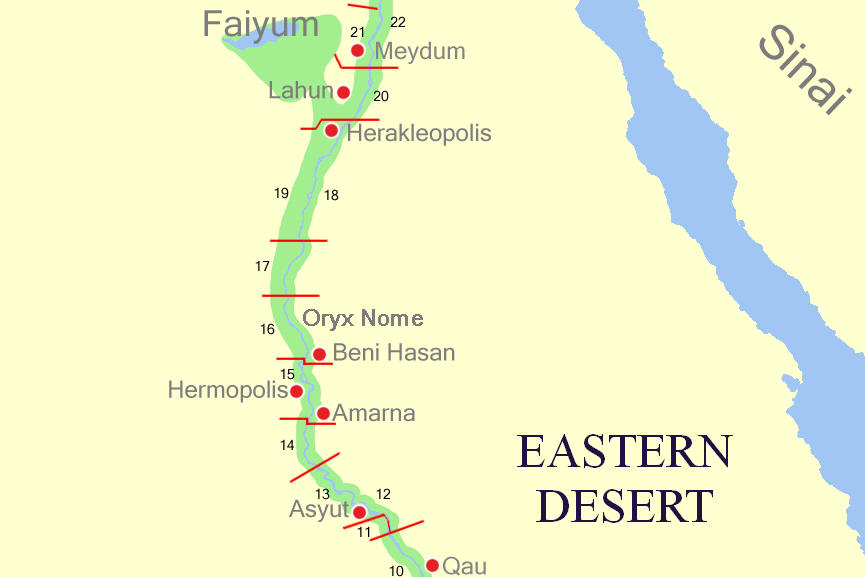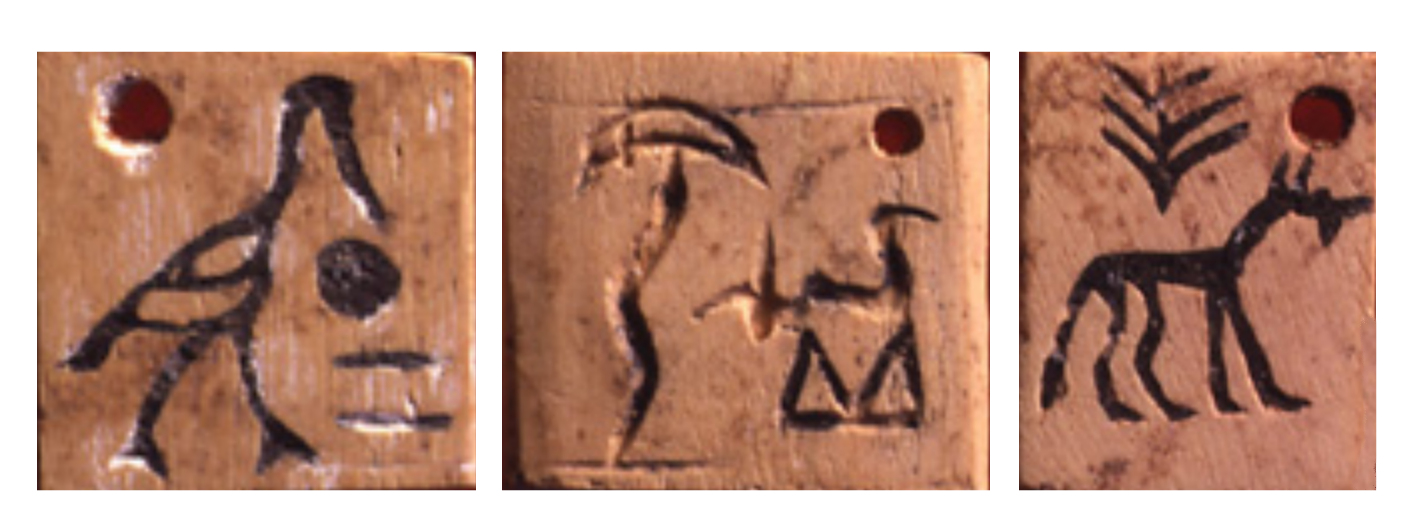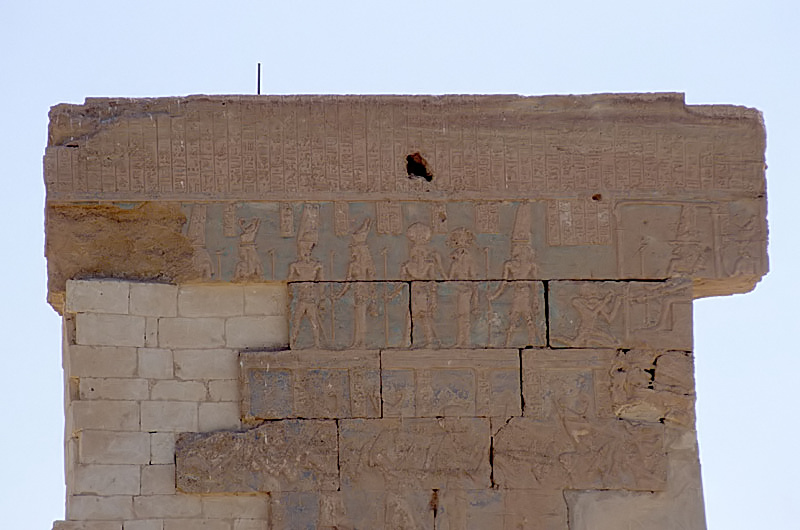|
List Of Necropoleis
This is a list of necropoleis sorted by country. Although the name is sometimes also used for some modern cemeteries, this list includes only ancient necropoleis, generally founded no later than approximately 1500 AD. Because almost every city in the ancient world had a necropolis, this list does not aim to be complete. It only lists the most notable necropoleis. List of necropoleis by country Algeria * Jedars * Nepasa * Roknia Austria * Burgstallkogel Bosnia and Herzegovina * Radimlja * Mramorje Brazil * Cemitério de São Francisco Xavier Bulgaria * Varna Necropolis China * Ming Dynasty Tombs * Western Xia tombs * Eastern Qing Tombs * Western Qing Tombs Colombia * San Agustin Archaeological Park Cyprus * Tombs of the Kings Egypt * Abusir * Bagawat * Dahshur * Giza Necropolis * Qubbet el-Hawa * Saqqara * Siwa Oasis * Theban Necropolis * Umm el-Qa'ab * Minya [...More Info...] [...Related Items...] OR: [Wikipedia] [Google] [Baidu] |
Necropolis
A necropolis (: necropolises, necropoles, necropoleis, necropoli) is a large, designed cemetery with elaborate tomb monuments. The name stems from the Ancient Greek ''nekropolis'' (). The term usually implies a separate burial site at a distance from a city, as opposed to tombs within cities, which were common in various places and periods of history. They are different from grave fields, which did not have structures or markers above the ground. While the word is most commonly used for ancient sites, the name was revived in the early 19th century and applied to planned city cemeteries, such as the Glasgow Necropolis. In the ancient world Egypt Ancient Egypt is noted for multiple necropoleis and they are major archaeological sites for Egyptology.. Ancient Egyptian funerary practices and beliefs about the afterlife led to the construction of several extensive necropoleis to secure and provision the dead in the hereafter. Probably the best-known one is the Giza Necropolis. ... [...More Info...] [...Related Items...] OR: [Wikipedia] [Google] [Baidu] |
Abusir
Abusir ( ; Egyptian ''pr wsjr'' ' "the resting place of Osiris"; ) is the name given to an ancient Egyptian archaeological pyramid complex comprising the ruins of 4 kings' pyramids dating to the Old Kingdom period, and is part of the Pyramid Fields of the Memphis and its Necropolis UNESCO World Heritage Site. The pyramid complex is named after the neighbouring village of Abusir, in the markaz (county) of Badrashin, Giza. The Abusir pyramid complex is located on the Western Desert plateau at the edge of the cultivated plain, with the Giza Pyramids to its north, and Saqqara to its south, and served as one of the main elite cemeteries for the ancient Egyptian capital city of Memphis. Several other villages in northern and southern Egypt are named Abusir or Busiri. The locality of Abusir took its turn as the focus of the prestigious western burial rites operating out of the then-capital of Memphis during the Old Kingdom 5th Dynasty. As an elite cemetery, neighbou ... [...More Info...] [...Related Items...] OR: [Wikipedia] [Google] [Baidu] |
Tumulus Of Bougon
The Tumulus of Bougon or Necropolis of Bougon (French: "Tumulus de Bougon", "Nécropole de Bougon") is a group of five Neolithic barrows located in Bougon, near La-Mothe-Saint-Héray, between Exoudun and Pamproux in Nouvelle-Aquitaine, France. Their discovery in 1840 raised great scientific interest. To protect the monuments, the site was acquired by the department of Deux-Sèvres in 1873. Excavations resumed in the late 1960s. The oldest structures of this prehistoric monument, called E1 and F0 date to 4800 BC. Archaeological site The site is located on a limestone plateau within a loop of the river Bougon. The area used to be known as " Les Chirons". Tumulus A The stepped mound, erected in the early 4th millennium BC, has a diameter of 42 m and a maximum height of 5 m. Its large rectangular chamber (7.8 × 5 m, 2.25 m high) lies south of its centre. It is connected by a non-centrally placed passage. There is evidence that the passage was still used by t ... [...More Info...] [...Related Items...] OR: [Wikipedia] [Google] [Baidu] |
Père Lachaise Cemetery
Père Lachaise Cemetery (, , formerly , ) is the largest cemetery in Paris, France, at . With more than 3.5 million visitors annually, it is the most visited necropolis in the world. Buried at Père Lachaise are many famous figures in the arts, including Miguel Ángel Asturias, Honoré de Balzac, Sarah Bernhardt, Georges Bizet, Frédéric Chopin, Colette, George Enescu, Max Ernst, Olivia de Havilland, Marcel Marceau, Georges Méliès, Amedeo Modigliani, Molière, Édith Piaf, Camille Pissarro, Marcel Proust, Gertrude Stein, Oscar Wilde, Richard Wright (author), Richard Wright, Sadegh Hedayat, Jim Morrison, and Michel Petrucciani. Many famous philosophers, scientists, and historical figures are buried there as well, including Peter Abelard, Pierre Bourdieu, Jean-François Champollion, Auguste Comte, Georges Cuvier, Joseph Fourier, Manuel Godoy, Georges-Eugène Haussmann, Jean-François Lyotard, Nestor Makhno, Maurice Merleau-Ponty, Jean Moulin, Henri de Saint-Simon, Jean-Bap ... [...More Info...] [...Related Items...] OR: [Wikipedia] [Google] [Baidu] |
Civaux
Civaux () is a Communes of France, commune in the Vienne (department), Vienne Departments of France, department, in the Regions of France, region of Nouvelle-Aquitaine, France. See also *Communes of the Vienne department *Civaux Nuclear Power Plant References Communes of Vienne (department) {{Vienne-geo-stub ... [...More Info...] [...Related Items...] OR: [Wikipedia] [Google] [Baidu] |
Alyscamps
The Alyscamps is a large Roman necropolis, which is a short distance outside the walls of the old town of Arles, France. It was one of the most famous necropolises of the ancient world. The name comes from the Provençal Occitan word ''Aliscamps'', which comes from the Latin ''Elisii Campi'' (that is, in French, Champs-Élysées; in English Elysian Fields). They were famous in the Middle Ages and are referred to by Ariosto in ''Orlando Furioso'' and by Dante in the '' Inferno.'' Roman cities traditionally forbade burials within the city limits. It was therefore common for the roads immediately outside a city to be lined with tombs and mausoleums; the Appian Way outside Rome provides a good example. The Alyscamps was Arles' main burial ground for nearly 1,500 years. It was the final segment of the Aurelian Way leading up to the city gates and was used as a burial ground for well-off citizens, whose memorials ranged from simple sarcophagi to elaborate monuments. In 1981 ... [...More Info...] [...Related Items...] OR: [Wikipedia] [Google] [Baidu] |
Minya, Egypt
MinyaAlso spelled '' el...'' or ''al...'' ''...Menia, ...Minia'' or ''...Menya'' ( ) is the capital of the Minya Governorate in Upper Egypt. It is located approximately south of Cairo on the western bank of the Nile River, which flows north through the city. Minya has one of the highest concentration of Coptic Christians in Egypt (approximately 50% of total population). It is the home city of the Minya University, Suzanne Mubarak Center for Arts, the new Minya Museum, and the regional North of Upper Egypt Radio and Television. Etymology The city's Arabic name comes from the Coptic, rendered in as ⲧⲙⲱⲛⲏ in Bohairic and ⲧⲙⲟⲟⲛⲉ in Sahidic, which in turn came from . The modern city of Minya is often identified with the Ancient Egyptian settlement of Men'at Khufu based on the resemblance of two names, although this claim, proposed by Gauthier and Drew-Bear, is denied by modern Egyptology as the former has a clear Greek etymology. Minya is dubbed by ... [...More Info...] [...Related Items...] OR: [Wikipedia] [Google] [Baidu] |
Umm El-Qa'ab
Umm El Qaʻāb (sometimes romanisation, romanised Umm El Gaʻab, ) is an archaeological site located at Abydos, Egypt. Its modern name, meaning "Mother of Pots", refers to the mound made of millions of broken pieces of pots which defines the landscape. Umm el Qa'ab contains evidence that the site is the cemetery for Egypt's predynastic proto-kings along with rulers of the 1st and 2nd dynasties. In addition to early royal tombs, evidence also suggests a link between the site, the cult of Osiris, and Osiris' annual festival. The cemetery was likely founded during the Naqada I period (4,000 BCE) as evident from the tomb structures, pottery, and seal impressions excavated from the site. The location continued as a royal cemetery through the First Dynasty (2,950-2,775 BCE) and ended with the burial of only the last two kings of the Second Dynasty, Peribsen and Khasekhemy (2,650 BCE). The Pre and Early dynastic royal cemetery at Umm el-Qa'ab became a site of veneration and cultic practic ... [...More Info...] [...Related Items...] OR: [Wikipedia] [Google] [Baidu] |
Theban Necropolis
The Theban Necropolis () is a necropolis on the west bank of the Nile, opposite Thebes, Egypt, Thebes (Luxor) in Upper Egypt. It was used for ritual burials for much of the Ancient Egypt, Pharaonic period, especially during the New Kingdom of Egypt, New Kingdom. Mortuary temples * Deir el-Bahri ** Mortuary Temple of Hatshepsut ** Deir el-Bahri#Mortuary Temple of Mentuhotep II, Mortuary temple of Mentuhotep II ** Deir el-Bahri#Mortuary Temple of Thutmoses III, Mortuary temple of Thutmose III * Medinet Habu * Mortuary Temple of Amenhotep III ** Colossi of Memnon * Mortuary Temple of Merneptah * Mortuary Temple of Ramesses IV * Mortuary Temple of Thutmose IV * Mortuary Temple of Thutmose III * Mortuary Temple of Twosret * Temple of Nebwenenef * Kurna, Qurna ** Mortuary Temple of Seti I * Mortuary Temple of Amenhotep II * Ramesseum (Mortuary Temple of Ramesses II) Royal Necropolis * Valley of the Kings (Modern: "''Wadi el-Muluk''") * Valley of the Queens (Modern: "''Biban el-Harim''" ... [...More Info...] [...Related Items...] OR: [Wikipedia] [Google] [Baidu] |
Siwa Oasis
The Siwa Oasis ( ) is an urban oasis in Egypt. It is situated between the Qattara Depression and the Great Sand Sea in the Western Desert (Egypt), Western Desert, east of the Egypt–Libya border and from the Egyptian capital city of Cairo. It is famed from its role in ancient Egypt as the home to an oracle of Amun, the ruins of which are a popular tourist attraction, giving it the ancient name Oasis of Amun-Ra, after the major Ancient Egyptian deities, Egyptian deity. Geography The oasis is in a deep Depression (geology), depression that reaches below sea level. To the west, the al Jaghbub Oasis rests in a similar depression and to the east, the large Qattara Depression is also below sea level. The depression is fertile due to both natural Artesian well, flowing artesian wells and irrigation. It is the site of about 200 natural springs. Siwa is directly adjacent to the Libyan Desert plateau. The geology is characterised by horizontal layers of porous limestones alternated wi ... [...More Info...] [...Related Items...] OR: [Wikipedia] [Google] [Baidu] |
Saqqara
Saqqara ( : saqqāra[t], ), also spelled Sakkara or Saccara in English , is an Egyptian village in the markaz (county) of Badrashin in the Giza Governorate, that contains ancient burial grounds of Egyptian royalty, serving as the necropolis for the ancient Egyptian capital, Memphis, Egypt, Memphis. Saqqara contains numerous pyramids, including the Pyramid of Djoser, sometimes referred to as the Step Pyramid, and a number of mastaba tombs. Located some south of modern-day Cairo, Saqqara covers an area of around . Saqqara contains the oldest complete stone building complex known in history, the Pyramid of Djoser, built during the Third Dynasty of Egypt, Third Dynasty. Another sixteen Egyptian kings built pyramids at Saqqara, which are now in various states of preservation. High officials added private funeral monuments to this necropolis during the entire History of ancient Egypt, Pharaonic period. It remained an important complex for non-royal burials and cult ceremonies for more ... [...More Info...] [...Related Items...] OR: [Wikipedia] [Google] [Baidu] |
Qubbet El-Hawa
Qubbet el-Hawa or "Dome of the Wind" is a site on the western bank of the Nile, opposite Aswan, that serves as the resting place of ancient nobles and priests from the Old Kingdom of Egypt, Old and Middle Kingdom of Egypt, Middle Kingdoms of ancient Egypt. The necropolis was in use from the Fourth Dynasty of Egypt until the Roman Period. The site was inscribed on the UNESCO World Heritage List in 1979 along with other examples of Upper Egyptian architecture, as part of the "International Campaign to Save the Monuments of Nubia, Nubian Monuments from Abu Simbel to Philae" (despite Qubbet el-Hawa being neither Nubian, nor between Abu Simbel and Philae). Name The name is derived from the dome of the tomb of an Islamic sheikh, but archaeologically, it is usually understood as referring to the site of the tombs of the officials lined up on artificial terraces below the summit of the Nile bank upon which the Islamic tomb stands. Tombs of the Nobles There have been about 100 tombs d ... [...More Info...] [...Related Items...] OR: [Wikipedia] [Google] [Baidu] |
